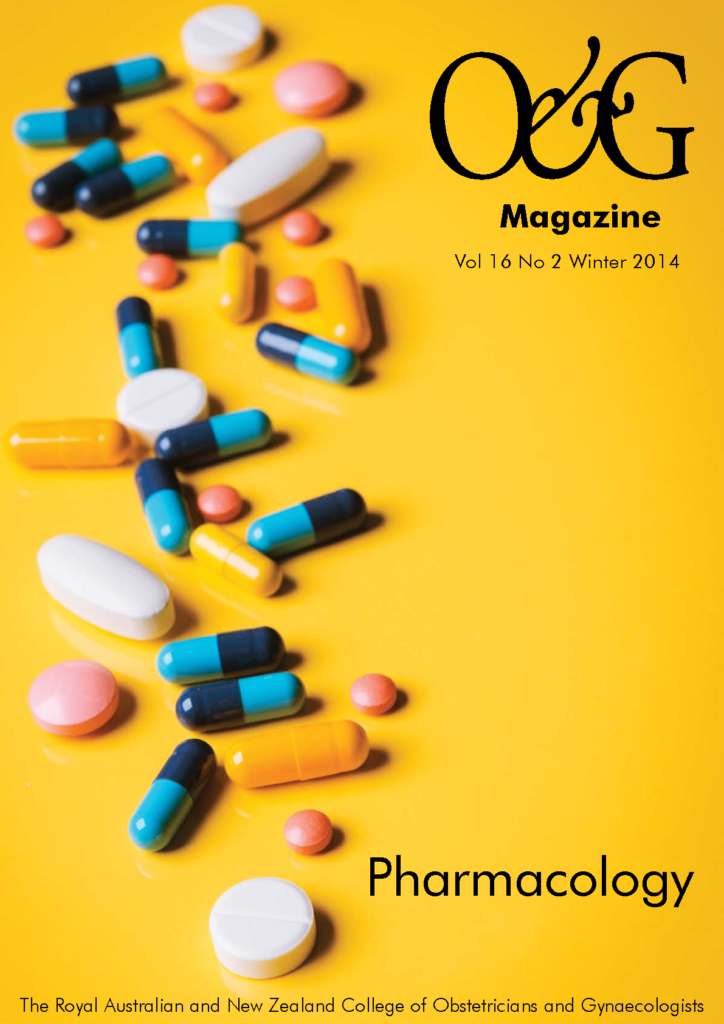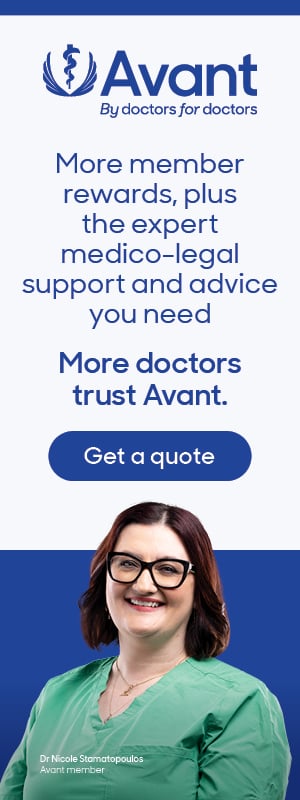She had never forgotten that, if you drink too much from a bottle marked ‘poison’, it is almost certain to disagree with you, sooner or later.
– Alice’s Adventures in Wonderland, Lewis Carroll
As a GP, I often note that one concept patients have difficulty understanding is the role of the physician. They seem to know well what a surgeon does, but not so the specialist physician. I explain a surgeon treats you by operating and physicians treat you by giving you drugs. This is, of course, a gross oversimplification of current practice, as surgeons often use medications to treat their patients and physicians increasingly perform procedures. Having said this, I feel there is no area of medicine where the use of drugs and surgery is more balanced than in obstetrics and gynaecology. This specialty is steeped in the history of surgery, but there is no doubt that drugs are as much a tool of the trade to the obstetrician and gynaecologist as are the Hegar dilator or the Neville Barnes forceps.
The history of drugs and pharmacology is as old as mankind. The alchemist, pharmacognosist and apothecary were the progenitors of modern pharmacology. It was really not until the concept of receptor theory was developed by Paul Ehrlich and John Newport Langley at the turn of last century that pharmacology came of age. We all think of drugs as keys in a lock resulting in the ignition of cellular chemical reactions. This is a fine way to think about it as the chemistry of this is mind-bogglingly complex. The locks are most commonly proteins embedded in the cell membrane, but can be nucleic acids or, much less commonly, lipids and even sugars.
Pharmacology, depending on the individual, can be either fascinating or terminally boring. To this latter group we don’t apologise for this issue. Regardless of your preferences, drugs are an important part of our practice and we need a basic understanding of what we are giving our patients, lest we should ignore the therapeutic margins and poison our patients, as Alice alludes to in the quote above.
In this issue, we have tried to cover most therapeutic groups relevant to this specialty. In addition to this, we are quite chuffed with our first O&G Pocket Guide: a mini guide on the other drug groups our patients take, but we don’t usually prescribe ourselves. We hope it serves as a reference for our consult rooms, allowing us to stay more in touch with our patients.
We would like to remind you also of the O&G app. Not only are some of the articles of each issue of this magazine on it, but also there are mini assessments on some of them as well and CPD points can be earned just by reading and learning. Finally, we would like to commend this issue to you and thank all the contributors for the effort and valuable time they have put into their articles.






Leave a Reply